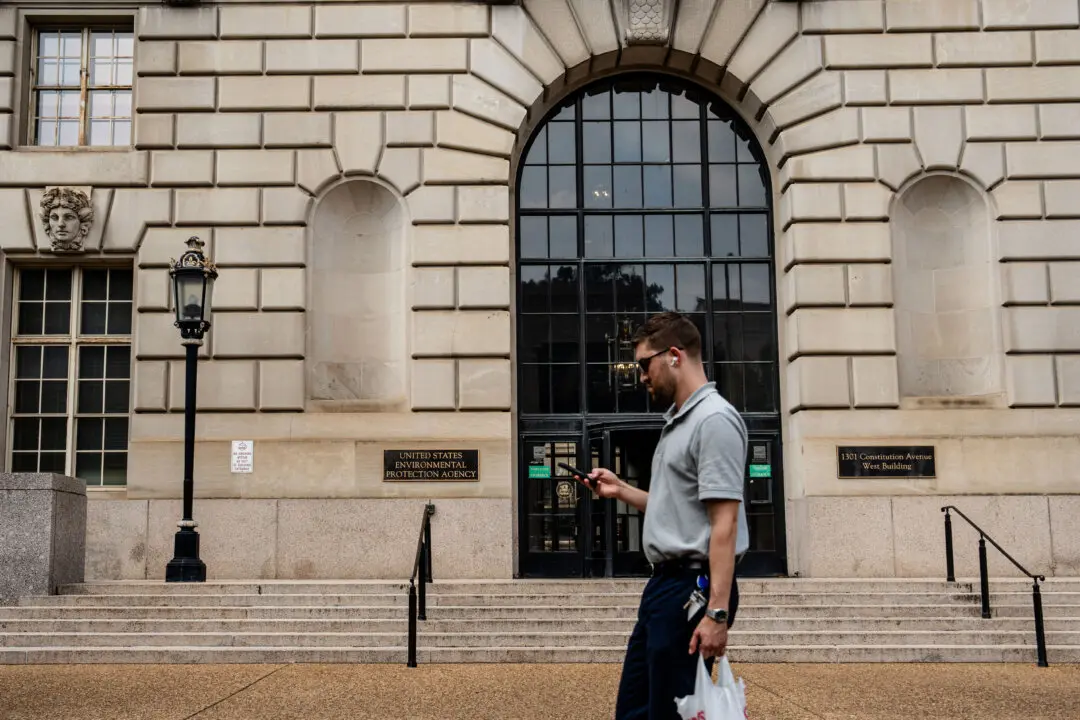U.S. GDP fell during the pandemic due to COVID-19 lockdowns and resulted in trillions of dollars in losses in these past years, a consequence mainly driven by mandatory business closure policies, according to a study by researchers from the University of Southern California (USC).
By the end of 2022, the pandemic had cut $12.2 trillion from U.S. GDP, the study published in Economic Modelling journal estimates. Researchers expect total losses to hit $14 trillion by the end of 2023. The study blamed involuntary business closures as the “leading cause” for the massive decline in America’s GDP during this period.





